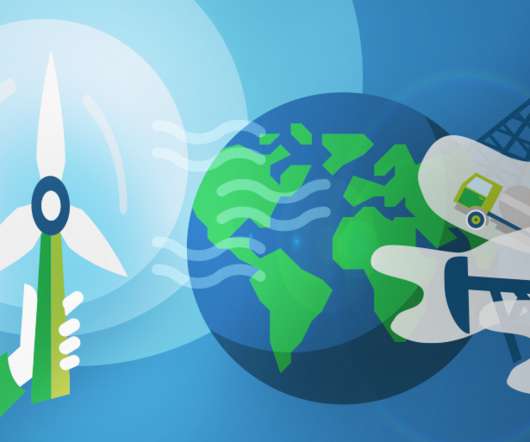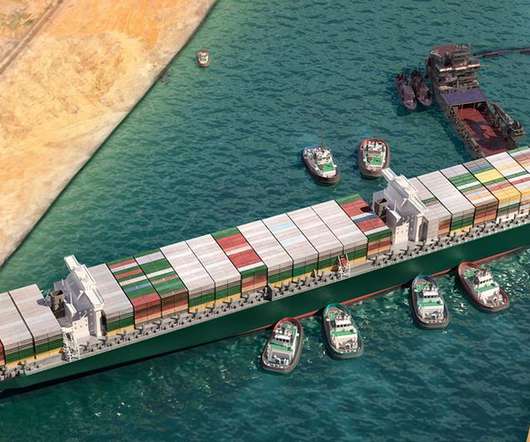Why Energy Supply Chains are Transitioning to Renewables
Requis
SEPTEMBER 11, 2020
Despite the persistance of some strong fundamentals , 2020 may signal the true turning point in the shift to renewable sources for energy companies. This is not an isolated phenomenon: Norway has been divesting a number of funds of oil and gas investments, especially from high-carbon emission sources like Canadian oil sands.















Let's personalize your content